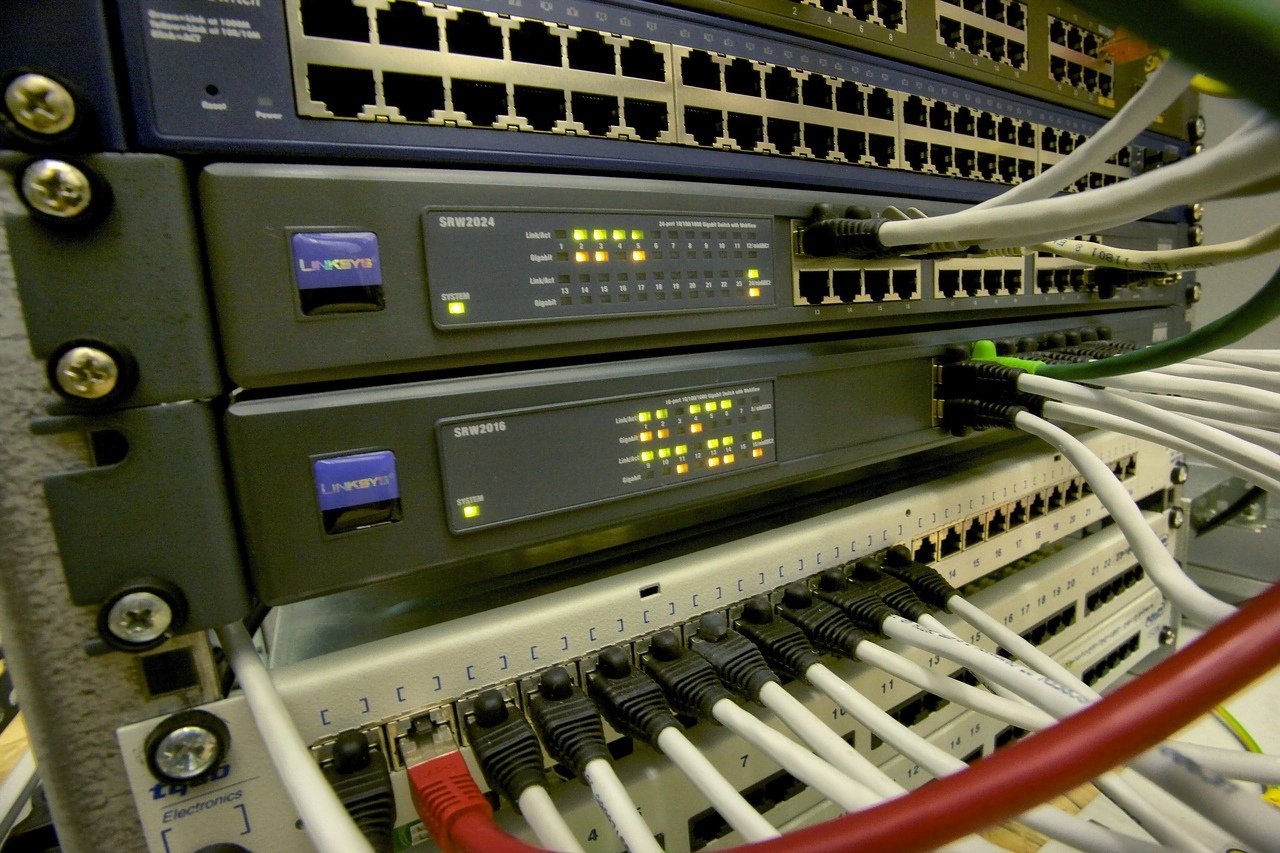Data Science: A Comprehensive Guide To Understanding The Data
As technology and tech gizmos progress through time, so does the information there is to be collected. From the first industrial revolution propelled by water and steam, we now find ourselves on the brink of the fourth industrial revolution. Data science forms a core part of the impending industrial revolution underpinned by artificial intelligence.
Data science involves the collection of key insights extracted from unstructured data sets. Information obtained from such data helps identify patterns and valuable information that would otherwise remain hidden. Teams working on the data then use it to make critical decisions to help businesses improve their bottom line.

Source: Pixabay
Big Careers In Data Science
Industries have a world of information at their disposal. It is by using this data that companies can capitalize on what information it holds. As such, data science is reshaping every industry out there. As one of the companies’ most valuable assets, brands are willing to invest heavily in savvy data analytics. The profession is receiving new entrants as more and more people tap into the opportunities that come with data science.
With the future pegged on machine learning and algorithmic data analytics, coding 1 on 1 is one way to get started in data science. According to expert projections, data science is expected to grow from 95.3 billion in 2021 to 322.9 billion by the close of 2026. Projections like these indicate that there has never been a better time to join the industry.

Source: Pixabay
What Data Science Entails
Experts in data science use algorithms to sort through different data types, such as numbers, text, video, images, and audio. Companies can then translate this information into sound business strategies.
In addition to applying algorithms, data science needs experts to be well-versed in fields like statistics, inference, computer science, predictive analysis, and other contemporary technologies. Experts draw from various unrelated sources in analyzing data, such as log files from applications and information from company databases.

Data analysis practices applied in data science need experts to have a gamut of tools for different purposes. SAS (statistical analysis software) is a leading software for analyzing large volumes of data from different enterprises. The software has the primary function of running complex statistical operations, albeit expensive. Apache Spark is yet another software with indispensable use among data science experts. With it, professionals can access data repeatedly, aiding in machine learning, SQL storage, and other uses. Spark is also liked for its ability to use data to produce dynamic predictions.
To interpret whatever data they get, experts employ a visualization suite that uses different tools to show visualizations and illustrations from the data it is fed. The data visualization software is known as ggplot2. The visualization package is preferred since it is also usable in customizations that enhance storytelling ability.
As for programming languages, most scientists in the field prefer Python. This is one of the most convenient programming languages for data scientists. Its practical and robust functionality is one of the reasons experts pick it ahead of other programming languages. One of the features of Python’s functionality is its colossal inventory of libraries and features to handle mathematics, statistics, and complex science functions.

Source: Pixabay
Techniques used in Data Science
Data scientists interpret data with the sole purpose of drawing meaningful information from it. To achieve this, experts apply different techniques to piece together data that is otherwise unusable. The range of techniques used combines data sets in different ways:
- Machine Learning: At the core of artificial intelligence, machine learning teaches machines to input data for prediction and classification.
- Data manipulation: This involves how data is refined into organized information that provides insight.
- Statistical Analysis: One of the most important facets in the interpretation of data, statistical analysis applies mathematics to the understanding of data sets. The mathematical computations run on data during this stage are also vital in establishing the underlying correlations within a set of data and between different data sets.
- Data Visualization: With data visualization, science, and art mesh to clearly illustrate the data under analysis. This data analysis section can be stretched to draw out all types of simulations.
Data Science as Used in Enterprise
Data science is how enterprises can track, calculate, and record metrics that inform business decisions. It can be hard for companies to track trends critical in moving brands forward and staying ahead of the curve. Trends and market changes determine how companies relate to their customers and what decisions to make to improve their bottom line.
Information from different data points lets companies know what products to focus on in the market and what audience to target. Insights like these can turn around a company’s fortunes when used correctly, and companies dare not ignore them.

Source: Pixabay
Conclusion
We live in an exciting time when technology is ever-evolving, and more professionals are entering computer science. The future lies in leveraging technologies to create more innovation. Data scientists are essential in moving the tech revolution to its next phase. With a broader array of industries warming up to the benefits of data science, there will always be more room for new scientists in the field.



